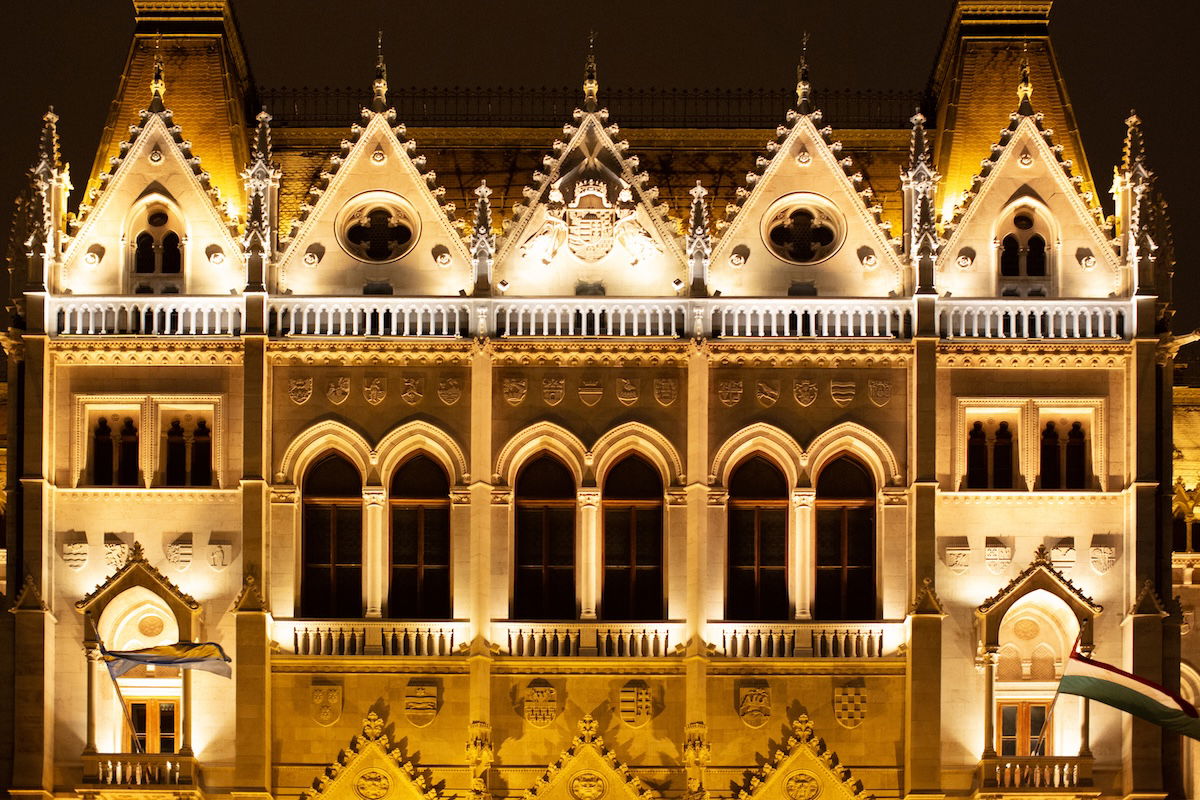- Home
- Photoshop ecosystem
- Discussions
- How do I perspective warp the text correctly to th...
- How do I perspective warp the text correctly to th...
Copy link to clipboard
Copied
 2 Correct answers
2 Correct answers
Here's a screenshot using the warp tool. I added extra warp lines at the paper fold.
Chuck/s method works well, but I'll offer up a different approach, but it has the disadvantage that you can't use Smart Objects so it is not possible to edit the text.
Make your white rectangle and type layers and merge them.
Drag out a couple of guides to divide the rectangle into three.
Use the rectangle mmarquee tool to select each segment in turn, and copy to a new layer. I have named them left, right, and centre for convenience.
Group those three layers as below.
Make the three new lay
...Explore related tutorials & articles
Copy link to clipboard
Copied
Looks like you're over doing it. I would combine the text with a transparent rectangle with a stroke, the size of the paper. Then put both in a smart object. Use the edges of the rectangle as guides to warp to the actual paper. Then you can either turn off the rectangle layer or mask it out. Warp also has guide lines and you can try and use those to align with the paper. Another thing you could try is to make a duplicate text layer for each crease or fold in the paper. Then warp each section to the paper to get a sharper distorted fold in the text: mask out the areas of the duplicate layer, of course.
Copy link to clipboard
Copied
Where do I find the warp guidelines?
Copy link to clipboard
Copied
When you select the warp tool, you can choose a grid size: 3x3, 4x4 etc. That brings up the guide.
Copy link to clipboard
Copied
Here's a screenshot using the warp tool. I added extra warp lines at the paper fold.
Copy link to clipboard
Copied
Thank you sooo much!
Copy link to clipboard
Copied
Chuck/s method works well, but I'll offer up a different approach, but it has the disadvantage that you can't use Smart Objects so it is not possible to edit the text.
Make your white rectangle and type layers and merge them.
Drag out a couple of guides to divide the rectangle into three.
Use the rectangle mmarquee tool to select each segment in turn, and copy to a new layer. I have named them left, right, and centre for convenience.
Group those three layers as below.
Make the three new layers Smart Objects. THIS STEP IS CRUCIAL.
Select the group and use free transform to rotate all three layers.
Open the group and select the Centre layer, and use the Ctrl T shortcut to start Free Transform. Because you made the layers Smart Objects, the bound box will have remained tight to the object, so hold down Ctrl (Cmd) and drag the centre left handle to drag down that side of the centre rectangle as below.
Select the left layer. Use the Move tool to align the right side with the centre layer, and use Free Transform and drag the left centre handle into position.
Add the shadow and you are done
Copy link to clipboard
Copied
Thank you so much, I will attempt this.
Copy link to clipboard
Copied
If you don't mind gentle curves as opposed to the sharp folds you have above, Free Transform > Warp is an option, and it lets you keep the layers as a Smart Object so you can edit the text.
Copy link to clipboard
Copied
I've just remembered that Bert Monroy has a tutoral about shadows falling on to steps, or a kerb, and he takes the separate layers approach. This is a photograph, rather than an illustrated shadow, that shows how the shadow should look.
Find more inspiration, events, and resources on the new Adobe Community
Explore Now







